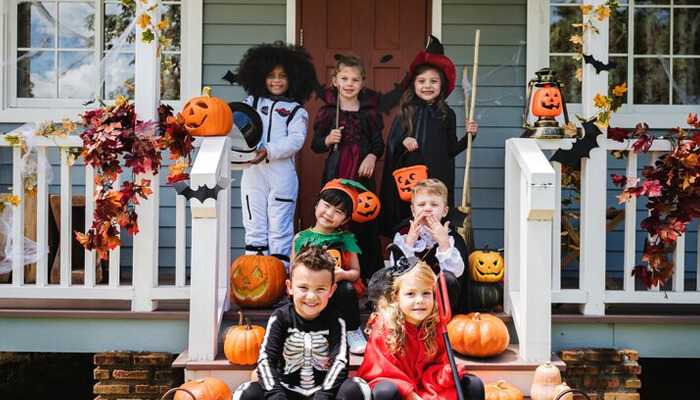Halloween is a popular festival around the world, but it has a stunning economic impact in the US. The National Retail Foundation (NRF) predicts that Halloween expenditure in the US will reach a record $12.2 billion in 2023, breaking the previous high of $10.6 billion.
Even if the expensive family feasts of Thanksgiving and Eid al-Fitr and the gift-focused winter holidays of Hanukkah and Christmas may outspend Halloween spending, experts claim that people still can’t help spending money during the spooky season. According to NRF data, Americans spend an average of $108 per person on a variety of costumes, candies, house accents, and party supplies (just half of Canadians anticipate spending more than C$50 this year, though).
Halloween can extend to a complete season of events for both adults and children, for many individuals, rather than just a few hours spent trick-or-treating around the neighborhood or showing up in a rented costume to a friend’s party. Retailers are capitalizing on its popularity by using a variety of gimmicks each season to increase purchases of candy, pumpkins, and other goods.
The custom of Halloween
Halloween was a far more solemn occasion thousands of years ago when it was celebrated throughout the Western world. It was referred to as Samhain by the Celtic peoples and marked the end of the summer as well as the day when people felt the veil between the living and the dead was the thinnest.
It was thought that spirits, both good and bad, roamed freely throughout the Earth. It was possible to appease their potential fury by dressing up in costumes and providing food. These rituals are mostly still performed today by a relatively small group of Neopagan adherents.
Today’s Halloween revelers, regardless of their religious beliefs, embrace the holiday for another reason: familiarity. “Humans love rituals,” asserts Stacy Wood, a marketing professor at the US-based Poole College of Management at North Carolina State University. “Rituals give meaning to our lives.”
And “ritual artifacts” rank among the most significant components of every ritual, whether it be a religious festival or a social gathering. That entails pumpkins, candy, and costumes for Halloween. According to Wood, all of these things are essential to the ritualistic celebration of the occasion, therefore people are ready to purchase them.
Since most of this expenditure is recession-resistant, it continues in challenging social, political, and economic environments. According to Wood, purchasing ritual artifacts like costumes is “fairly price insensitive”; customers will still go shopping even in difficult economic times.
A witches’ brew of consumer spending results from the combination of these causes, despite the fact that consumers are tightening their budgets due to the rising cost of living. Experts concur that economic uncertainty causes consumers to cling to rituals, especially those that don’t include the significant expenditure and familial expectations of more religious holidays. And for adults, a day of pretend play can be a welcome balm in a world where interest rates are rising and there is political unrest.




